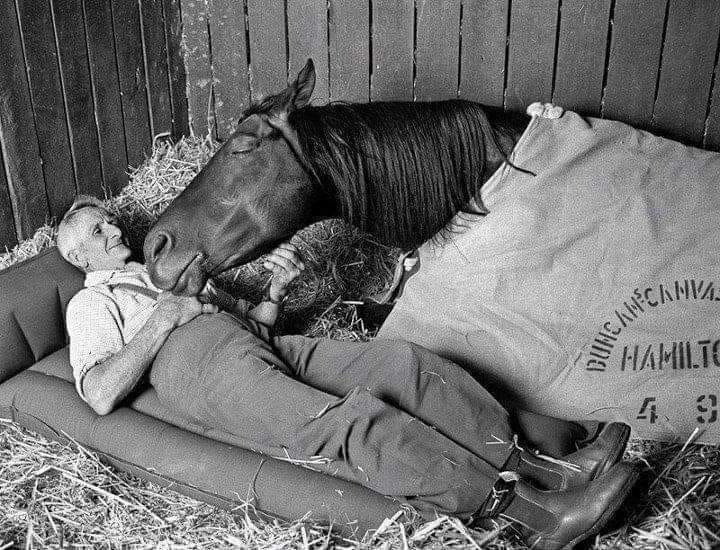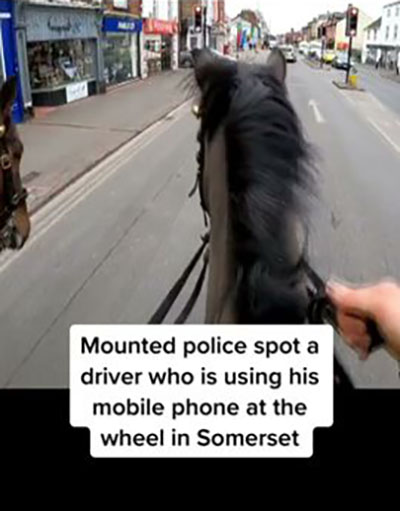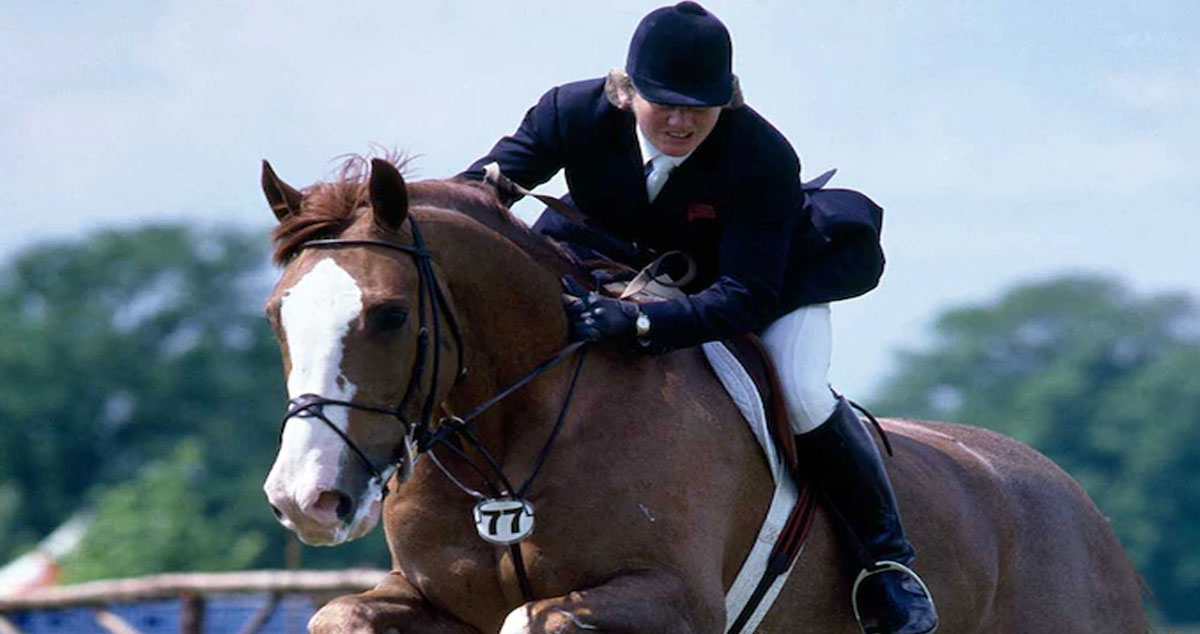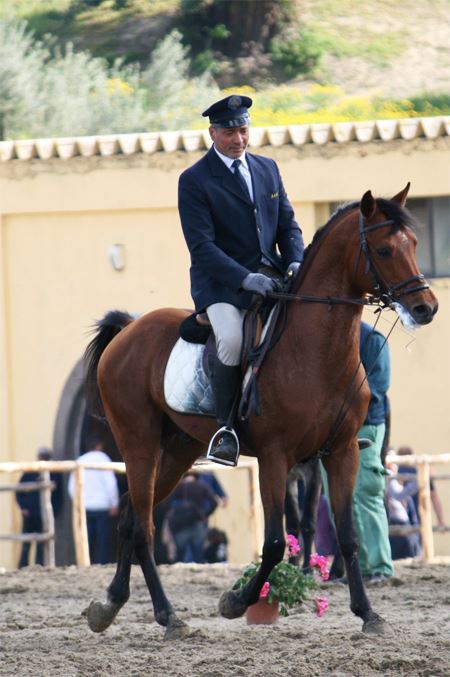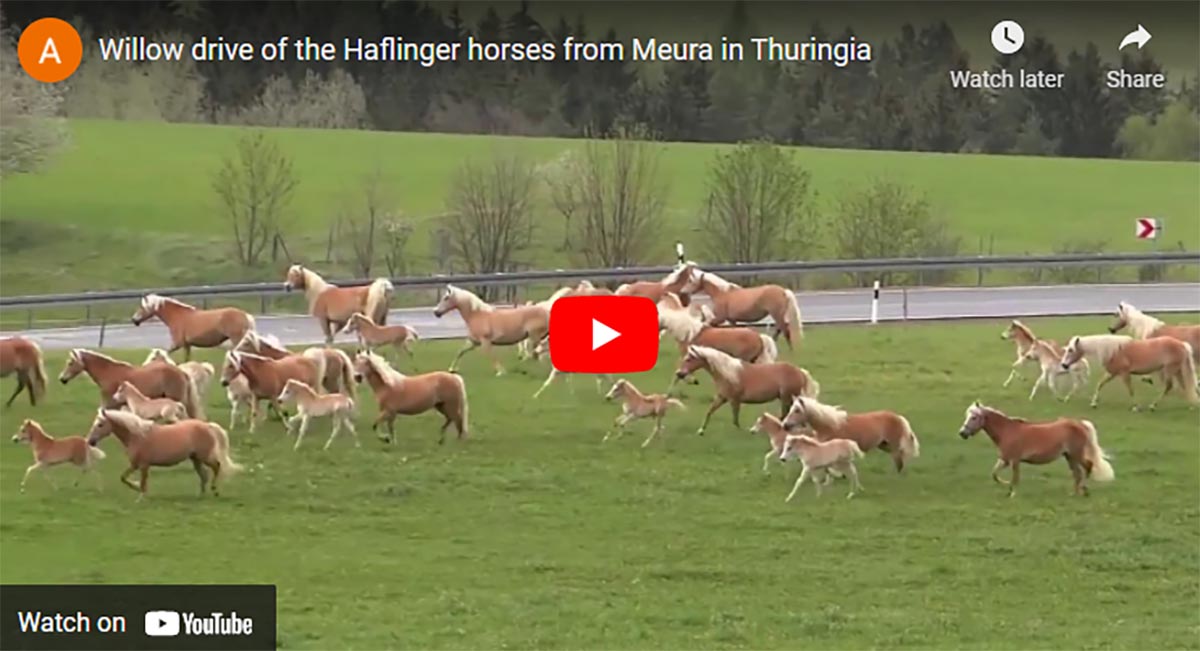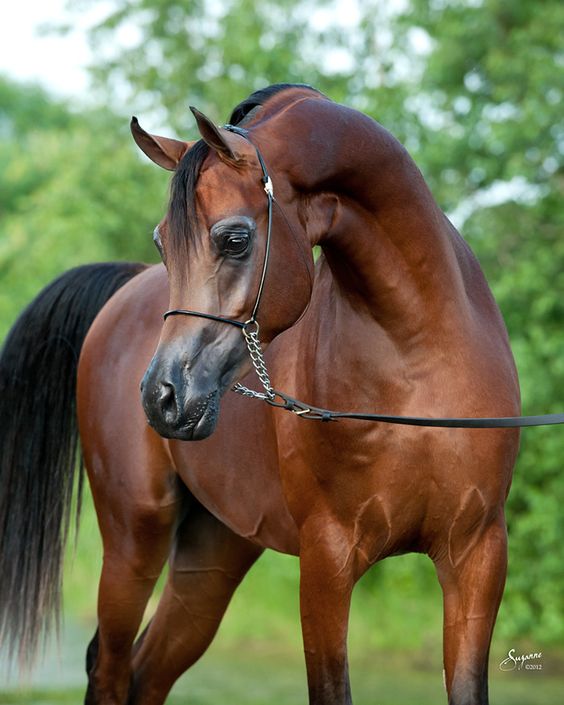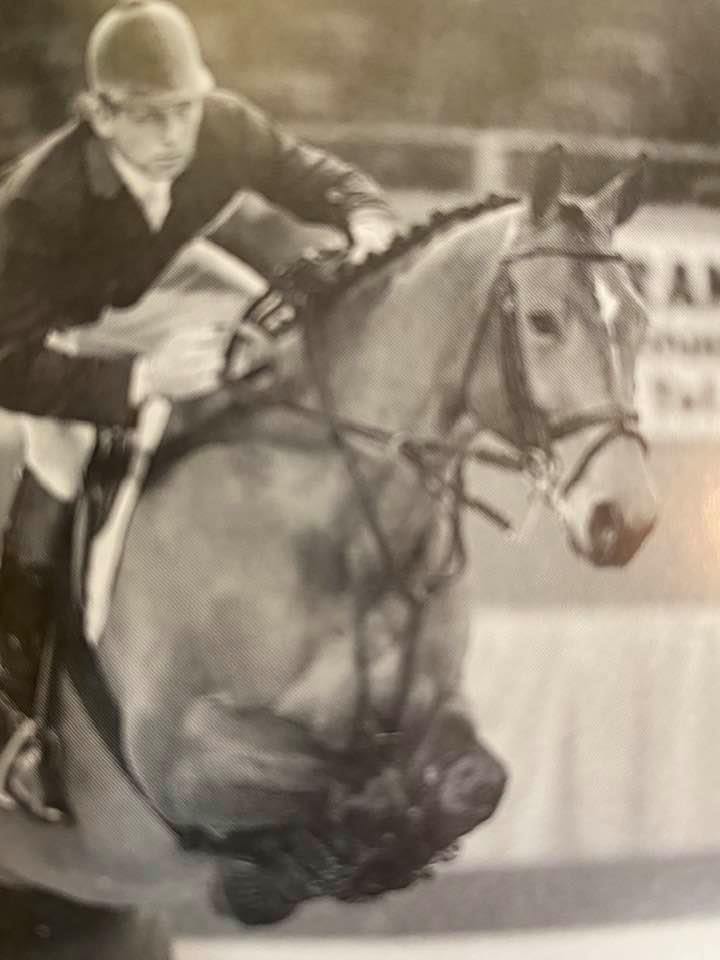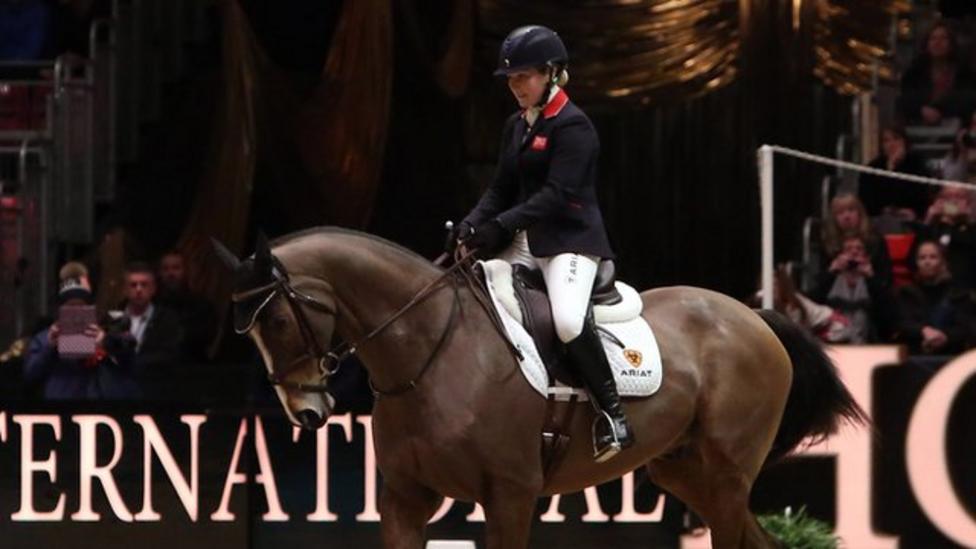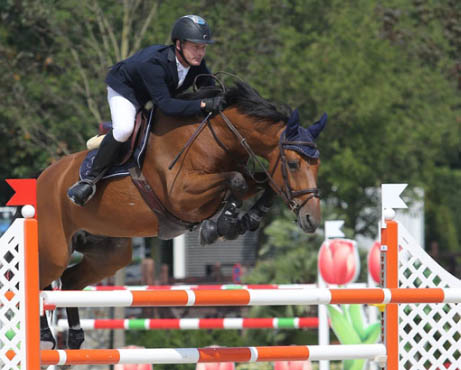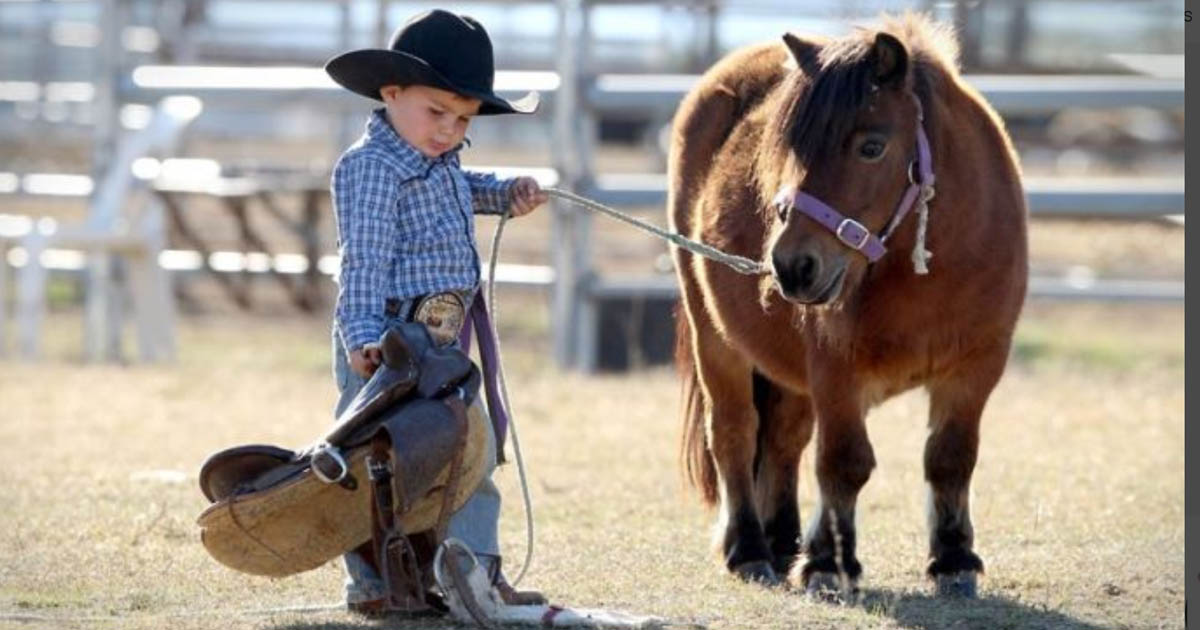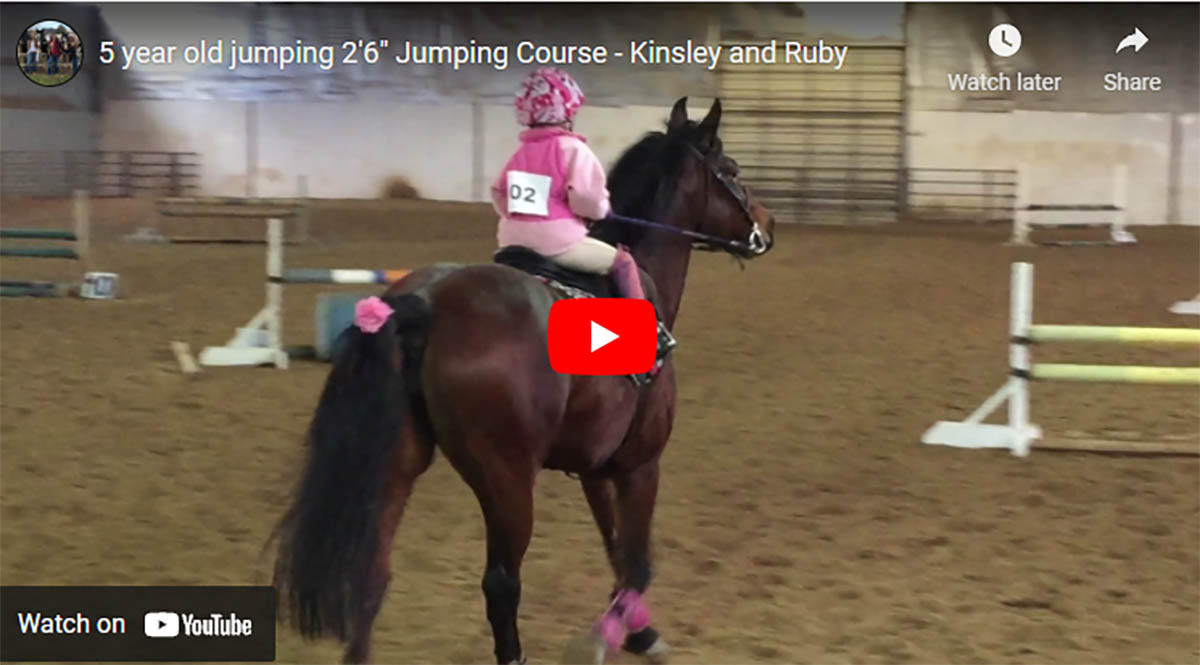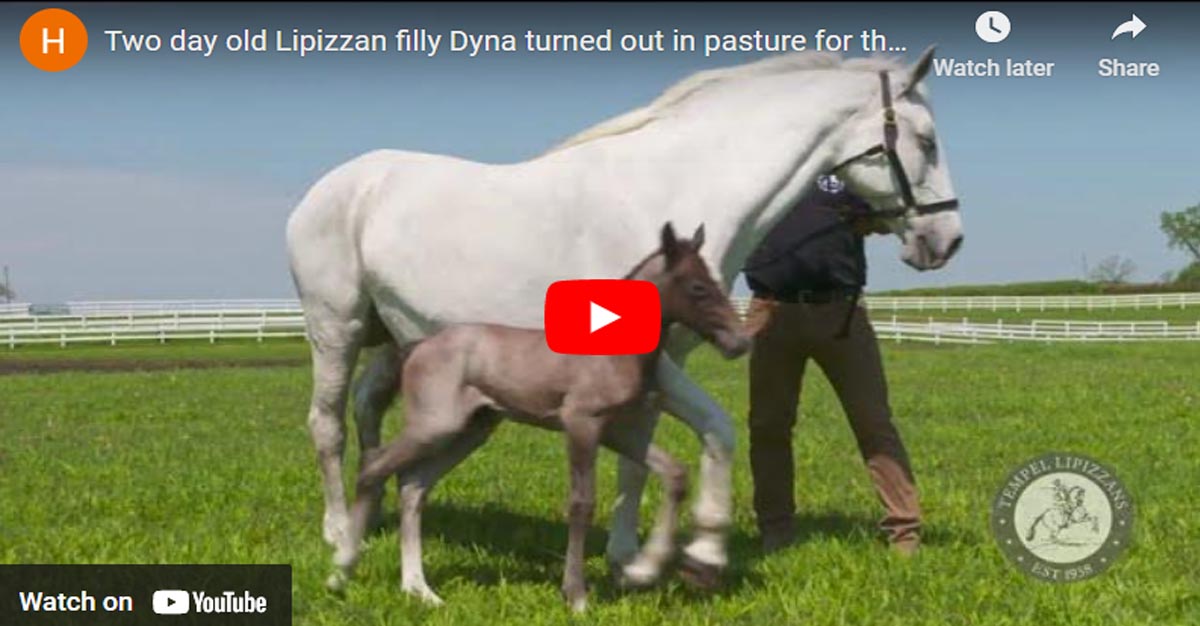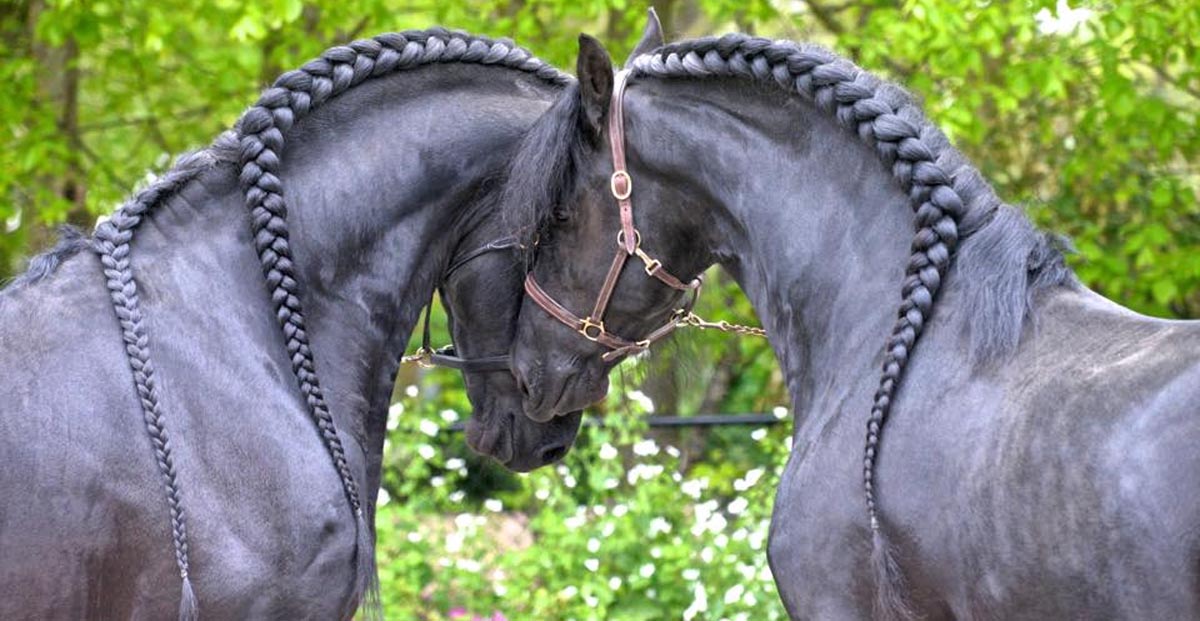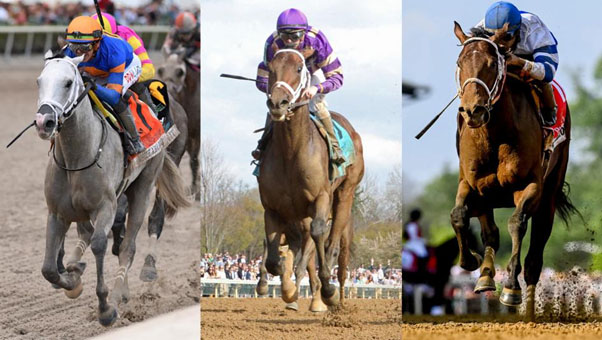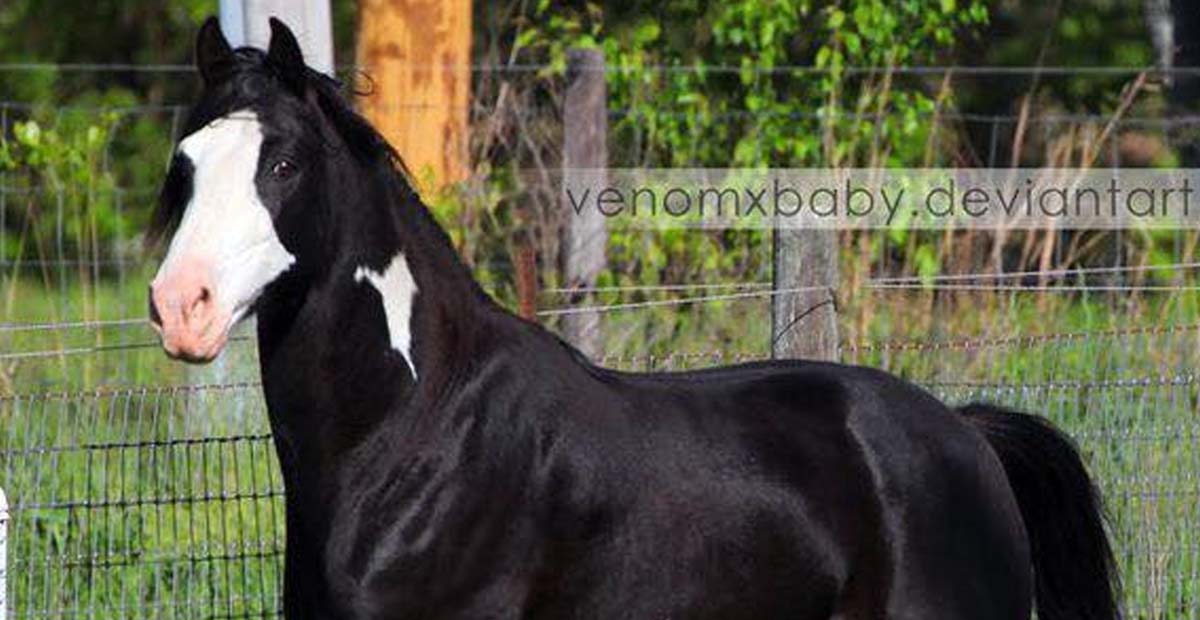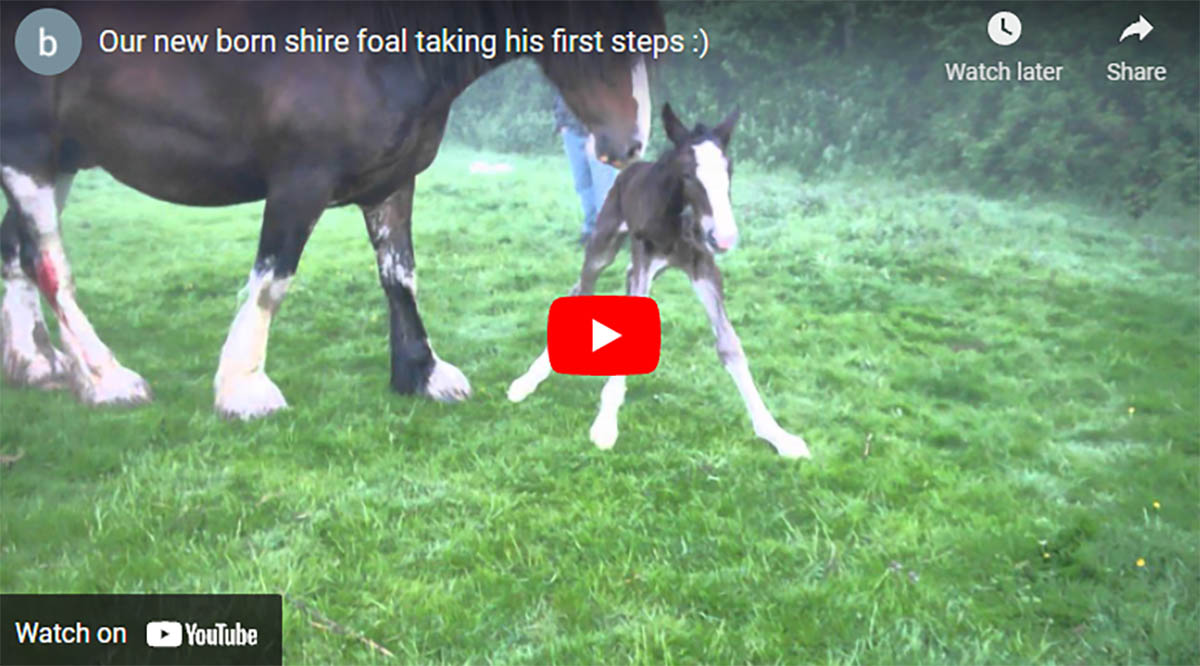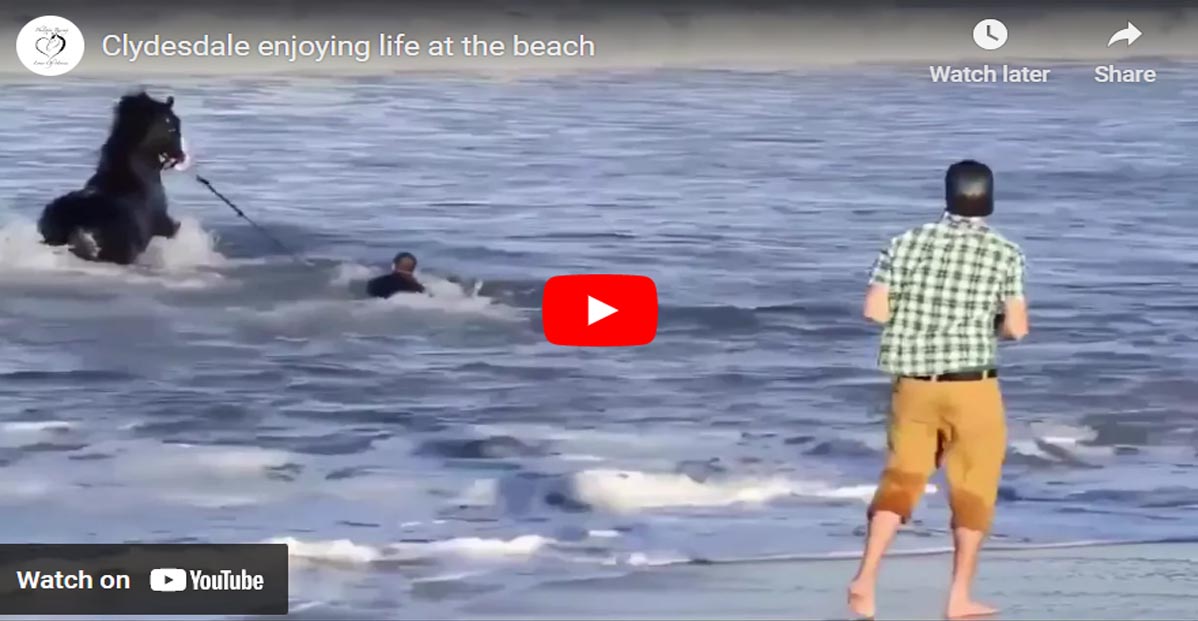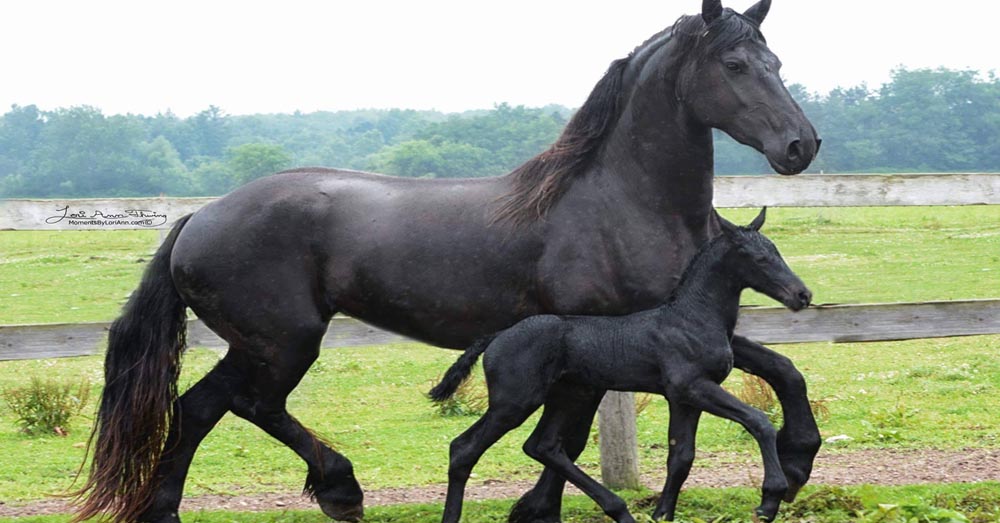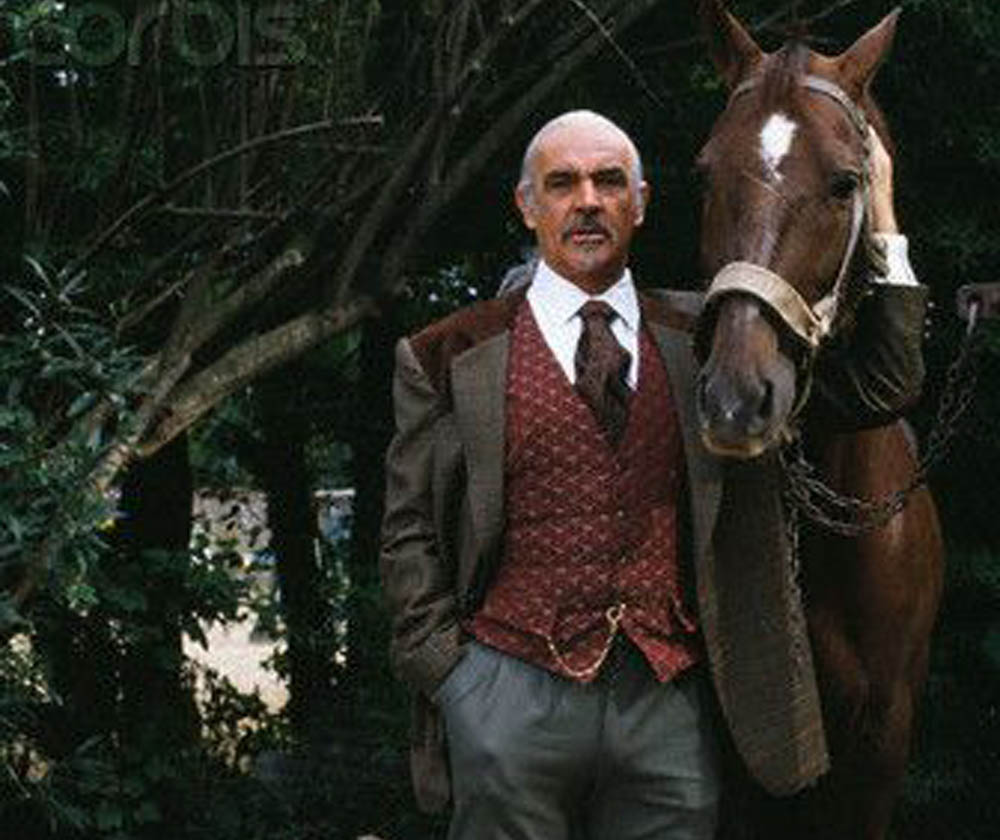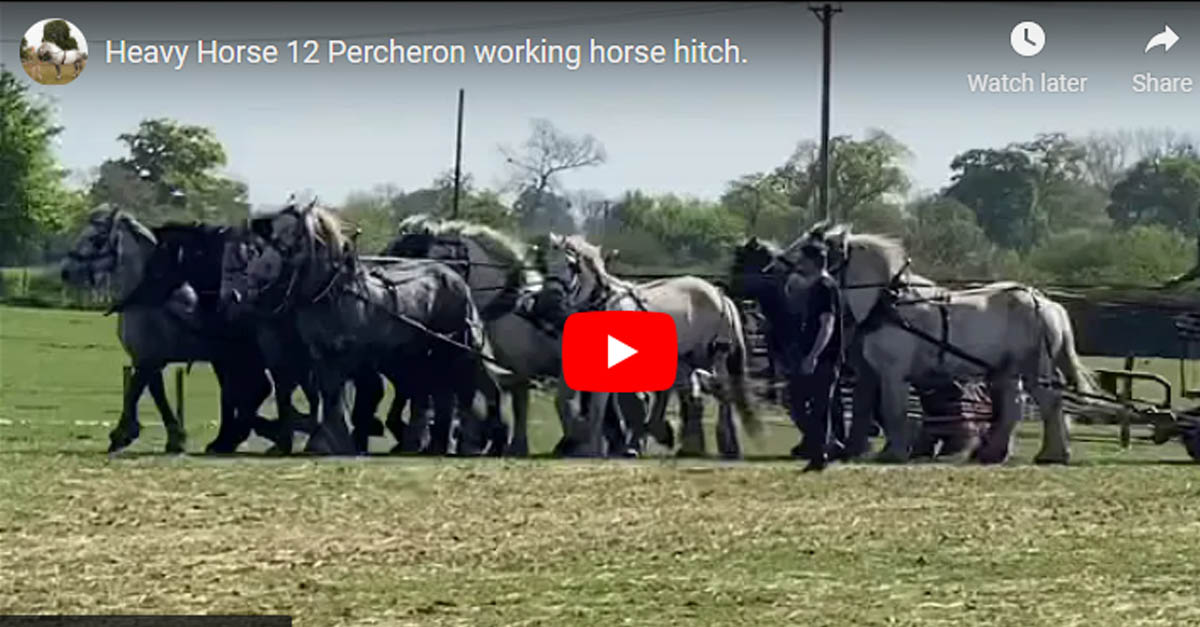Abdulla Rashid Al Naqbi
Abdulla Rashid Al Naqbi - UAE
1998 marked a very special event in the history of the Missouri Fox Trotting horse. The first foal conceived by embryo transfer was born on Dreamaker Farms at Nianuga, Missouri. "Flash`s Dreamaker" (D.M.) homozygous black and white tobiano stallion is the sire. "War Chief`s Cherokee Perfection", homozygous black and white tobiano mare is the dam. The resulting foal, a homozygous black and white tobiano filly, is named "Never Ending Story" (NES). NES.jpg (12880 bytes) Click on Images to enlarge.
Why embryo transfer? There are basically 3 reasons:
1. To harvest embryos from mares of exceptional quality that for many reasons
may not be able to carry a foal to term.
2. To harvest embryos from show mares or young mares while they continue
showing or growing.
3. To harvest embryos from genetically select mares and enable them to produce
more than one foal a year. The MFTHBA rules allow 3 foals to be produced
and registered in one year.
How embryo transfer? Timing is everything in the embryo transfer procedure. Ideally, one selects the donor mare and at least two recipient mares. All three mares have to be cycling on the same schedule. Usually this is achieved by putting all three mares on Regumate for 10 days and giving a shot of Estrumate on the 11th day. The donor mare is bred when she comes into heat every other day until she goes out of heat. All mares are checked by ultra sound to determine precisely when they ovulate. You have to know exact time of ovulation because the embryo must be collected 6-7 days after the donor mare ovulates. Recipient mares may require shots of HcG to get them to ovulate at the right time so they will be one day ahead or up to three days behind the donor mare`s ovulation.
If the cycles are in sync, on day 6 or 7, the donor mare is flushed in hopes of recovering the tiny embryo. Dr. Roger Cole of Cole Equine flushed the donor mare and transfers the recovered embryo to the recipient mare. This sounds really simple. in reality it is a very complicated procedure. Recovery of an embryo is about one in three.
The recipient mare is ultra sounded at 16 days (9 days after the embryo is implanted). At this time, if the transfer is successful, the embryo will have implanted and will appear on ultra sound just like a regular pregnancy. The mares are returned to the herd requiring no further special care.
Dr. Cole has flushed our donor mares 5 times and recovered 3 embryos.
At this time we have one live foal and another mare 60 days pregnant. Yes, they are homozygous tobianos.
Each year a special mare can produce 3 foals. To be registered with MFTHBA, an embryo transfer permit is required. All resulting foals must be blood typed and parentage verified. Parentage verification requires blood typing of sire, dam and foal.
You may view the first embryo transfer foal, Never Ending Story (NES) NES.jpg (12880 bytes)and her full brother, Never Ending Dream (NED) NED.jpg (8785 bytes) in person at the Douglas County Fairgrounds on September 9-10, 1998. NEDNES.jpg (10534 bytes) Some lucky bidder will have the privilege of buying this special piece of Missouri Fox Trotting history at the Color Commander`s Sale. It is with honor and dedication, that the staff of Dreamaker Farms salutes the Golden Anniversary of the Missouri Fox Trotting Horse. May the horse with a rich historical tradition move forward into the year 2000 with the cutting edge of technology.
Horse Videos
1998 marked a very special event in the history of the Missouri Fox Trotting horse. The first foal conceived by embryo transfer was born on Dreamaker Farms at Nianuga, Missouri. "Flash`s Dreamaker" (D.M.) homozygous black and white tobiano stallion is the sire. "War Chief`s Cherokee Perfection", homozygous black and white tobiano mare is the dam. The resulting foal, a homozygous black and white tobiano filly, is named "Never Ending Story" (NES). NES.jpg (12880 bytes) Click on Images to enlarge.
Why embryo transfer? There are basically 3 reasons:
1. To harvest embryos from mares of exceptional quality that for many reasons
may not be able to carry a foal to term.
2. To harvest embryos from show mares or young mares while they continue
showing or growing.
3. To harvest embryos from genetically select mares and enable them to produce
more than one foal a year. The MFTHBA rules allow 3 foals to be produced
and registered in one year.
How embryo transfer? Timing is everything in the embryo transfer procedure. Ideally, one selects the donor mare and at least two recipient mares. All three mares have to be cycling on the same schedule. Usually this is achieved by putting all three mares on Regumate for 10 days and giving a shot of Estrumate on the 11th day. The donor mare is bred when she comes into heat every other day until she goes out of heat. All mares are checked by ultra sound to determine precisely when they ovulate. You have to know exact time of ovulation because the embryo must be collected 6-7 days after the donor mare ovulates. Recipient mares may require shots of HcG to get them to ovulate at the right time so they will be one day ahead or up to three days behind the donor mare`s ovulation.
If the cycles are in sync, on day 6 or 7, the donor mare is flushed in hopes of recovering the tiny embryo. Dr. Roger Cole of Cole Equine flushed the donor mare and transfers the recovered embryo to the recipient mare. This sounds really simple. in reality it is a very complicated procedure. Recovery of an embryo is about one in three.
The recipient mare is ultra sounded at 16 days (9 days after the embryo is implanted). At this time, if the transfer is successful, the embryo will have implanted and will appear on ultra sound just like a regular pregnancy. The mares are returned to the herd requiring no further special care.
Dr. Cole has flushed our donor mares 5 times and recovered 3 embryos.
At this time we have one live foal and another mare 60 days pregnant. Yes, they are homozygous tobianos.
Each year a special mare can produce 3 foals. To be registered with MFTHBA, an embryo transfer permit is required. All resulting foals must be blood typed and parentage verified. Parentage verification requires blood typing of sire, dam and foal.
You may view the first embryo transfer foal, Never Ending Story (NES) NES.jpg (12880 bytes)and her full brother, Never Ending Dream (NED) NED.jpg (8785 bytes) in person at the Douglas County Fairgrounds on September 9-10, 1998. NEDNES.jpg (10534 bytes) Some lucky bidder will have the privilege of buying this special piece of Missouri Fox Trotting history at the Color Commander`s Sale. It is with honor and dedication, that the staff of Dreamaker Farms salutes the Golden Anniversary of the Missouri Fox Trotting Horse. May the horse with a rich historical tradition move forward into the year 2000 with the cutting edge of technology.
Horse Videos





